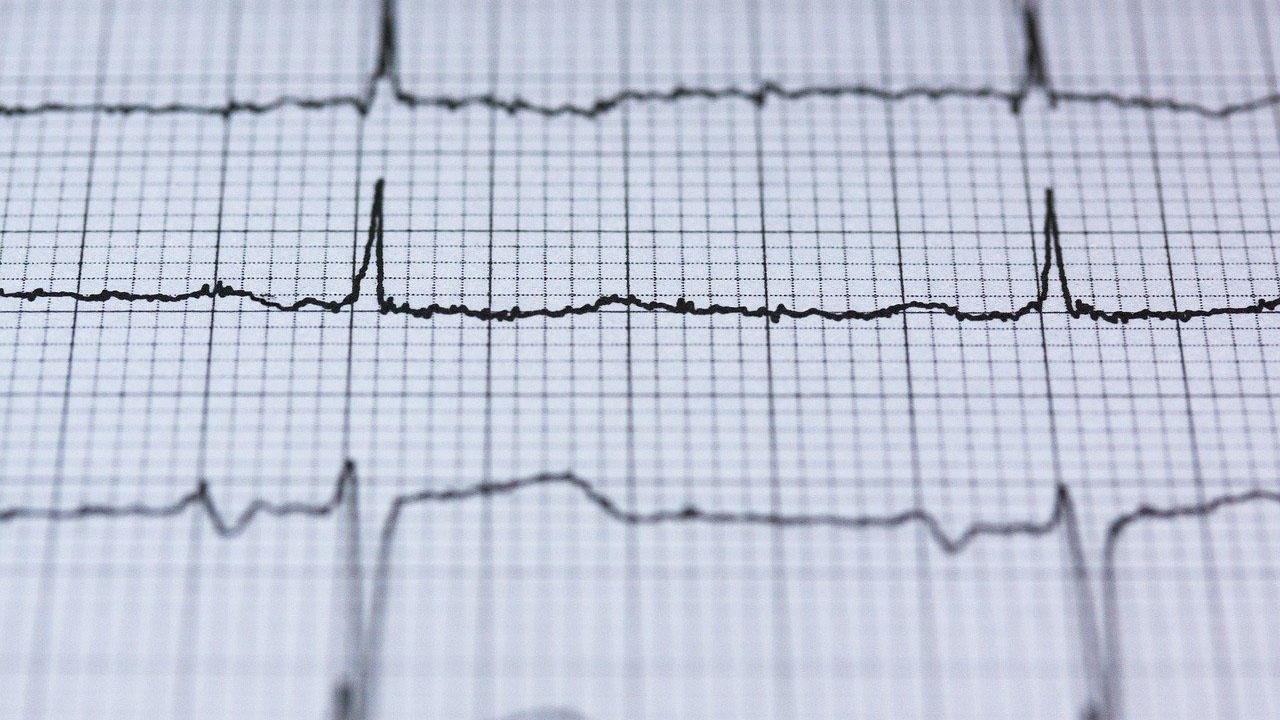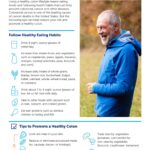Let’s face it: none of us are getting any younger. Even so, there’s no need to accept a decline in one’s health meekly. Your heart is one of the organs that can be affected by the changes brought on by age. The good news is that you can take action now to protect your heart. One of the most critical metrics of health is your resting heart rate.
What is my resting heart rate?
Your resting heart rate is the number of heartbeats per minute, while you’re resting and have not recently been exerting yourself.
The best time to find your RHR is in the morning, shortly after getting up and before consuming any caffeine. You should not try to take your resting heart rate after something stressful happens, as your heart rate may be elevated. Stimulants such as caffeine and nicotine can also raise your heart rate. Avoid trying to find your RHR less than two hours after exercising — this is apt to produce a result that’s too high, as your heart rate will often remain elevated for some time after exertion.
You can find your pulse very easily. Just place two fingertips on the inside of your wrist, just below your thumb. You can also find a pulse in your neck, in the hollow next to your windpipe. Start a timer and count the number of beats in a minute.
Finding your resting heart rate is a fairly effective way to gauge your overall health. While the RHR needs to be considered in the context of other factors, like your cholesterol levels and your blood pressure, an abnormal number of beats per minute can be an early warning sign for many problems. A healthy RHR is also correlated with healthy blood pressure by age.
What is a good resting heart rate by age?
It’s normal for the RHR to change as you get older. The heart rate usually rises until a person enters their 40s, and then becomes progressively lower. This means that a high heart rate in an older person is an even more ominous sign. In general, your heart rate should be around 65 bpm. Your RHR can be a little higher or a little lower without causing concern, although you should measure it regularly and track any changes.
The average resting heart rate is usually between 60 and 100 beats per minute. Even within this range, though, a high RHR can be a sign of impending cardiac issues. If your heart is struggling to pump enough blood, it will often beat faster to compensate. This is reflected in a high RHR. A study in 2013, which looked at a cohort of 3000 men, found that there was a strong correlation between high heart rates and deaths from heart disease. The rate was twice as high for men with an RHR between 81 and 90 as for the general population. For men with an RHR of 90 or over, the death rate was tripled. Risks for cardiovascular disease are also higher. A high RHR seems to be correlated with high levels of obesity, low physical fitness, and circulating body fats.
Generally speaking, a lower heart rate is a sign of good cardiovascular fitness and better aging. It’s important to note that while a low resting heart rate is usually a positive sign, an RHR that’s too low can be an indicator of heart problems. If you frequently feel dizzy or fatigued, and your heart rate is low, you should seek advice from your doctor.
You can improve your resting heart rate significantly through exercise. No single exercise is guaranteed to help; instead, you should try a variety of different intensities. Vigorous aerobic exercise will lower your RHR more efficiently than less strenuous exercise, but any activity will help. Walking every day may be sufficient to bring a high RHR down to a safer level.
You should take your resting heart rate a few times a week, looking for variations. If there are significant and unexplained changes, you should discuss these with your doctor.
Tap for recommended posts on the tags you don’t follow





